
Flock (XS) - Review
by Lee Mehr , posted on 16 August 2024 / 3,368 ViewsIn keeping with the genial warmth and twee-hipster aesthetic typical for their games (e.g. I Am Dead), Richard Hogg and Hollow Ponds bring their design ethos to creature collection this time. There's an interesting disparity to note when comparing to the genre behemoth Pokémon too. In Nintendo's headlining franchise, there's both a deliberate weakening and eventual capture of a creature with a Pokéball; even after a hundred times, players can intuitively feel that tension of a Pokéball wiggling a few times, hoping they've successfully wrangled a new pet – uncomfortable implications aside. Here, your Flock of cutesy flying animal hybrids can only be gently coaxed into joining. It's apropos that this team's relaxed tempo tries the same trick on players.
That's not to say you're simply plopped onto the seemingly British countryside and left alone. Even with your avian companion, visiting The Uplands is no simple task. Shortly after arriving at this secluded hamlet and reacquainting yourself with zoologist Aunt Jane, a thieving gaggle of Bewls ransack her house and run away with her satchel and various animal whistles. 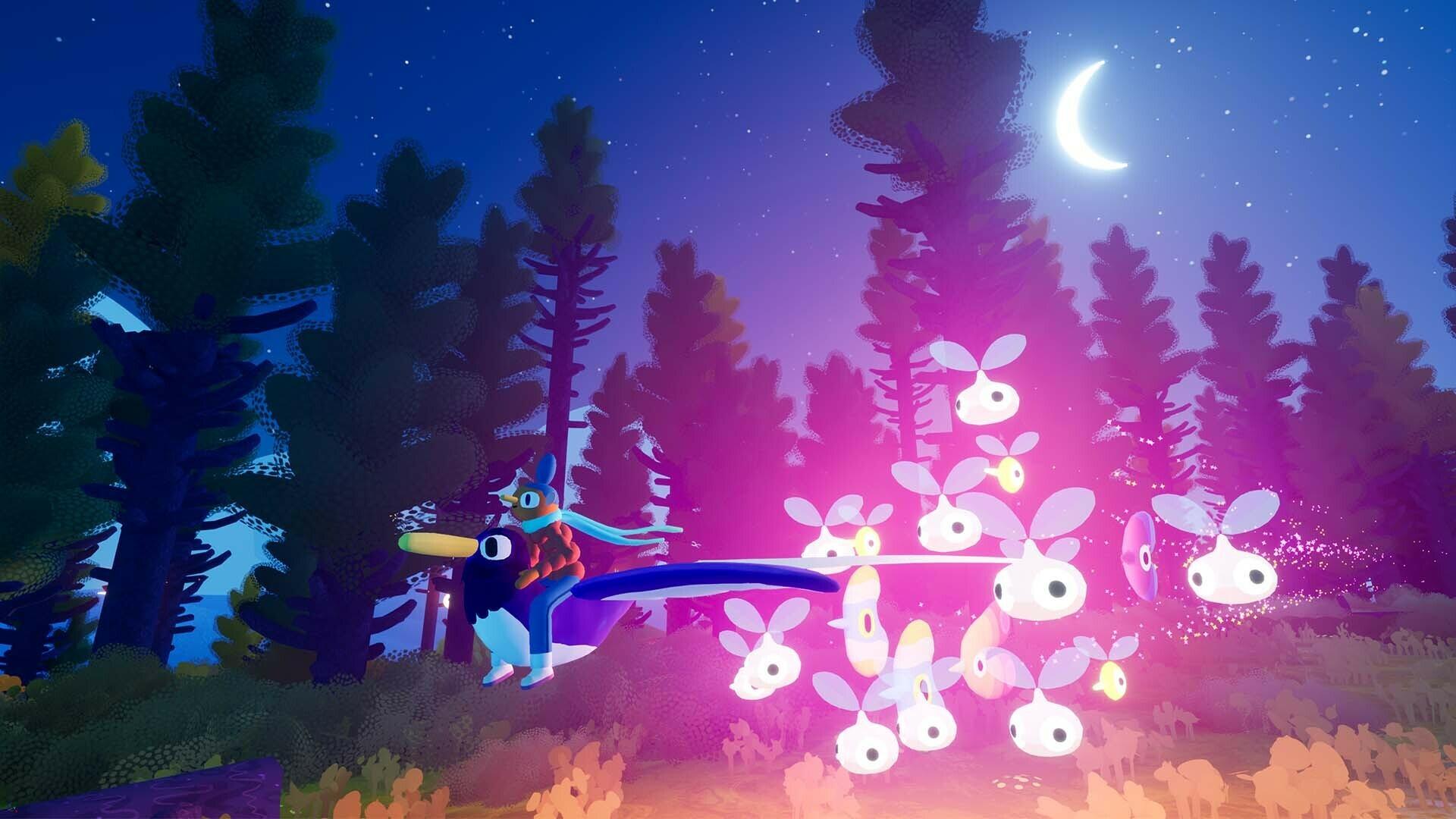
Said animal calls are integral to the meat 'n potatoes of gameplay. It goes something like this: spotting a… Thrip, Cosmet, or other silly-sounding creature in the wild opens up your provided Field Guide to categorize this new taxonomical group; from there, Aunt Jane plays a little guessing game for you to deduce what specific species it is, based on short descriptors. Should you also have the correct call, a short rhythm mini-game of persuading said animal can occur; a Sims-like blue meter balloons above their head as you gauge the correct squawking space to court them. A few simple notes at the right distance and Bob's your uncle.
Even though internalizing Flock's design cadence is rather simple, it's easy to mess up with the touchier types. "Spooked it!" is the closest thing to a fail state here. But that's fine since you're merely a few seconds away from potentially seeing the successful "Charmed!" notification anyways. That phrasing is important too; this isn't a case of apprehending a new specimen to weaponize, but instead about alluring a fellow traveler to join your coterie of diverse wildlife out of its own interest. Should your band go beyond the prescribed limit, someone will nonchalantly leave and return home – unless they're marked as a favorite.
As previously stated, there won't be much charming unless Aunt Jane's other whistles are found. Luckily, those Burgling Bewls like to hide within grassy knolls scattered across the land. With a helpful sheep, or multiple helpful sheep, to chew up the grass, all it takes is a simple tug to uproot the cheeky hider and reclaim what was stolen – be it whistle, cosmetic catalogue, or special charm expanding your total flock amount. The whistles in particular are most important since metaphorical black swans for each area/level must be charmed and gathered in order to push away the cotton-ball clouds and reveal more landmass. And so, the cycle of discovering and charming new creatures begins anew. 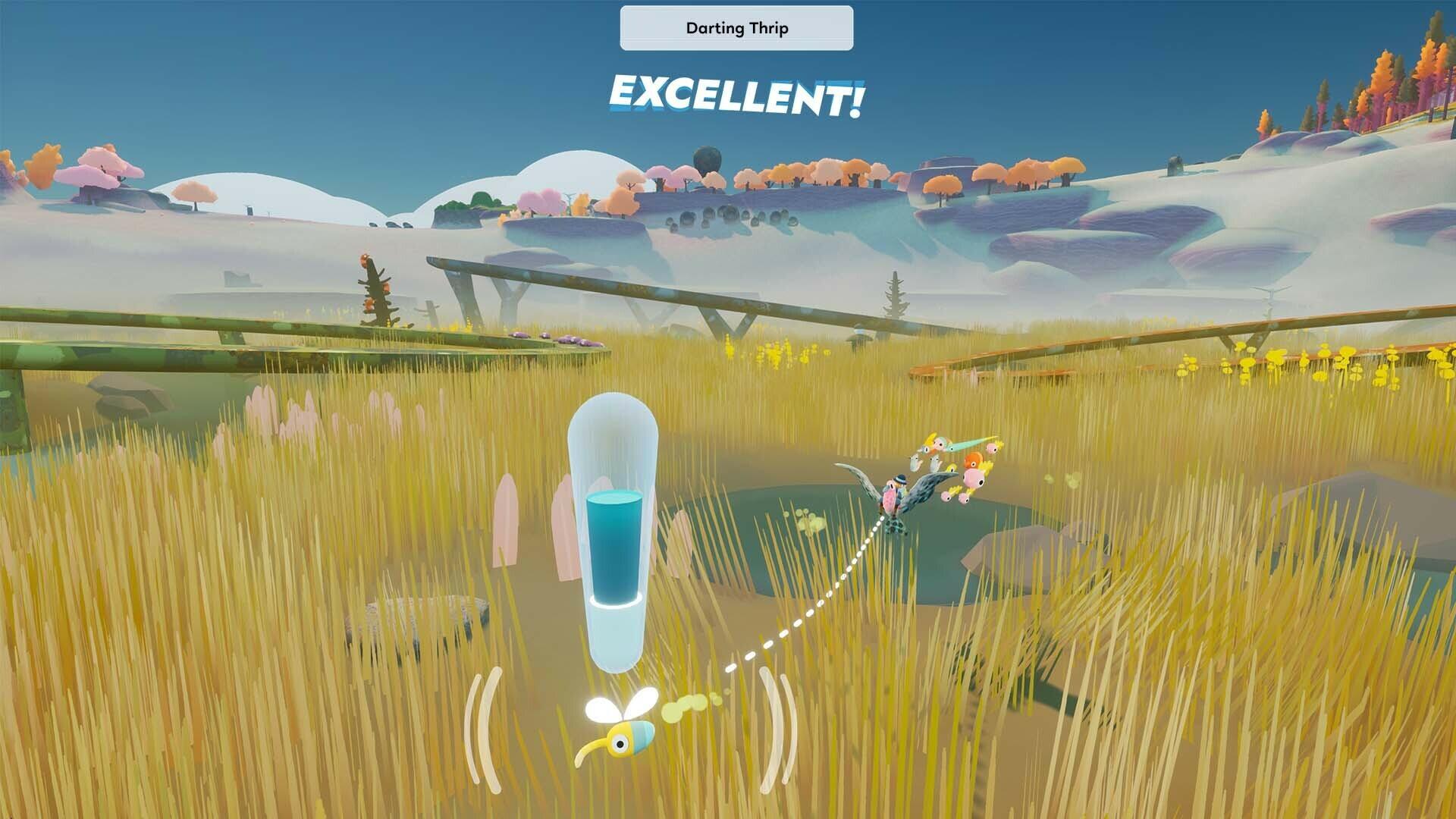
One could categorize those special animals as "boss encounters;" after all, there are objective stages to revealing and subsequently inviting them into your cadre. But appropriating typical gaming terms for those scenarios feels misguided compared to the game's softer intentions. Like the egalitarian approach to rounding up your posse, Hogg and Hollow Ponds are more interested in emphasizing nonchalant exploration for its own sake. Rushing from point A to point B with your flying herd to each grassy mound without appreciating the graffiti-hieroglyphs lining massive concrete bowls or how various creatures fit into this ecosystem would miss the point. Granted, this vague design attitude can rely too much on new sights and sounds – making the slower fetch quests drag too much – but it's thematically consistent.
Part of my avidity in cataloguing also stems from the impressive visual/audio stimulus. While the humanoids' look leans too much towards discount Sesame Street puppets, oddball designs like flying miniature whales, owls, eels, and more blend better with the soft-texture aesthetic. Their googly eyes and cutesy taxonomical names – Bewls, Thrips, Cosmets, etc. – channel Dr. Seuss in the best ways. Not even the toughest guy who eats a bowl of nails for breakfast without any milk can resist such sentimental charm. The entire ecosystem, from the stony plateaus to the humid marshlands, is teeming with life, and your mount is just a squawk away from hearing other creatures respond in kind. The only thing detracting from this lively atmosphere and Eli Rainsberry's delightful score are perplexing moments where all game audio randomly drops out.
Perhaps another part of my enthusiasm stems from its polished and breezy flight systems. Since it automatically handles altitude, you're essentially flying as though on a hoverbike going up or down inclines or declines with ease while focusing on the fastest route. It's also nice because of the spoken and unspoken tricks embedded into this locomotion. The most obvious boosts are stone rings acting as a connected highway, but perfectly timing when to flap your bird’s wings or zooming over the marshmallow clouds will also net speed bursts. It’s simple, sure, but finely-tuned and pleasant to make flying over every faded part of the map feel rewarding.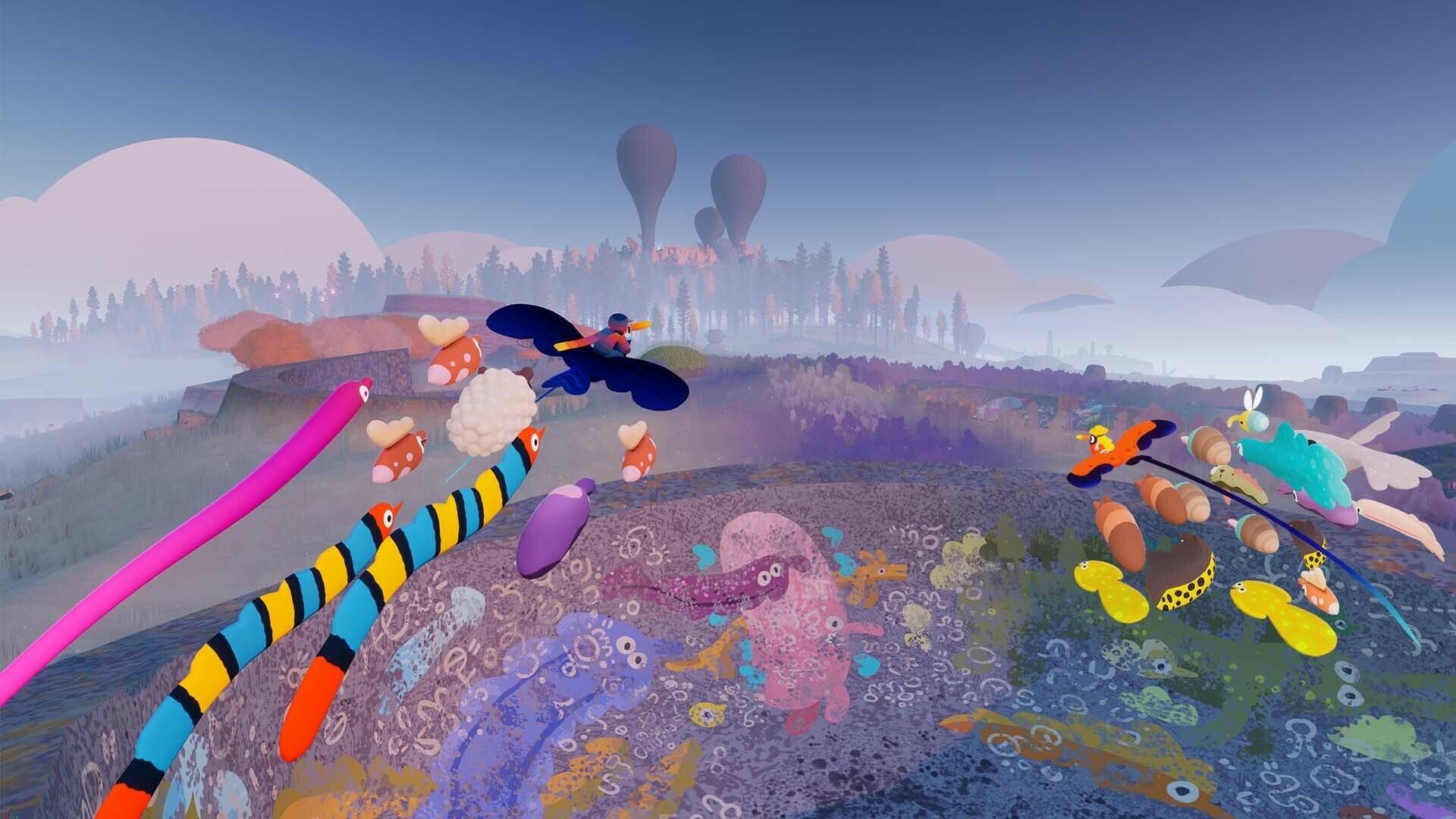
While still a well-constructed creature collect-a-thon, there are still some gripes to be found. Discovering a new animal family or a new species within said family gives a quick rush, but that's eventually undercut by the repetition in three stages:
- Short cutscene announcing a new animal discovery.
- Aunt Jane asking "can you guess which category this belongs to? Good job!"
- Aunt Jane then asks "can you guess what this species is specifically called? Good job!"
Whether you guess correctly or incorrectly (there's no reward or punishment), it gets stale around the 20th new animal sighting. Aunt Jane is nice and all, but her constant calls feel more in service to flexing her zoology ken more than anything else. And though the sheep are necessary to advance the campaign, their implementation is a tad disjointed. They're not included with your total flock tally, and shearing them for wool – in-game currency for new clothes – translates to you retreading the same grassy hills to unlock everything. It feels less intuitive than simply unlocking everything from a discovered catalogue.
While my five-hour jaunt to the credits was done alone, the online options enable you and a small... flock of buddies to discover the world in tandem. A word of warning though: it's best to be on the same level as your fellow traveler(s). If you've unlocked more of the map and group up with a newbie, you'll both see two different things; whereas you can fly anywhere, they'll still be restricted by clouds. Even if you consider that disparity a non-issue, co-op does a great job of capturing the same mellow vibe as its aesthetic and game design. Everyone's here for the simple thrill of discovery.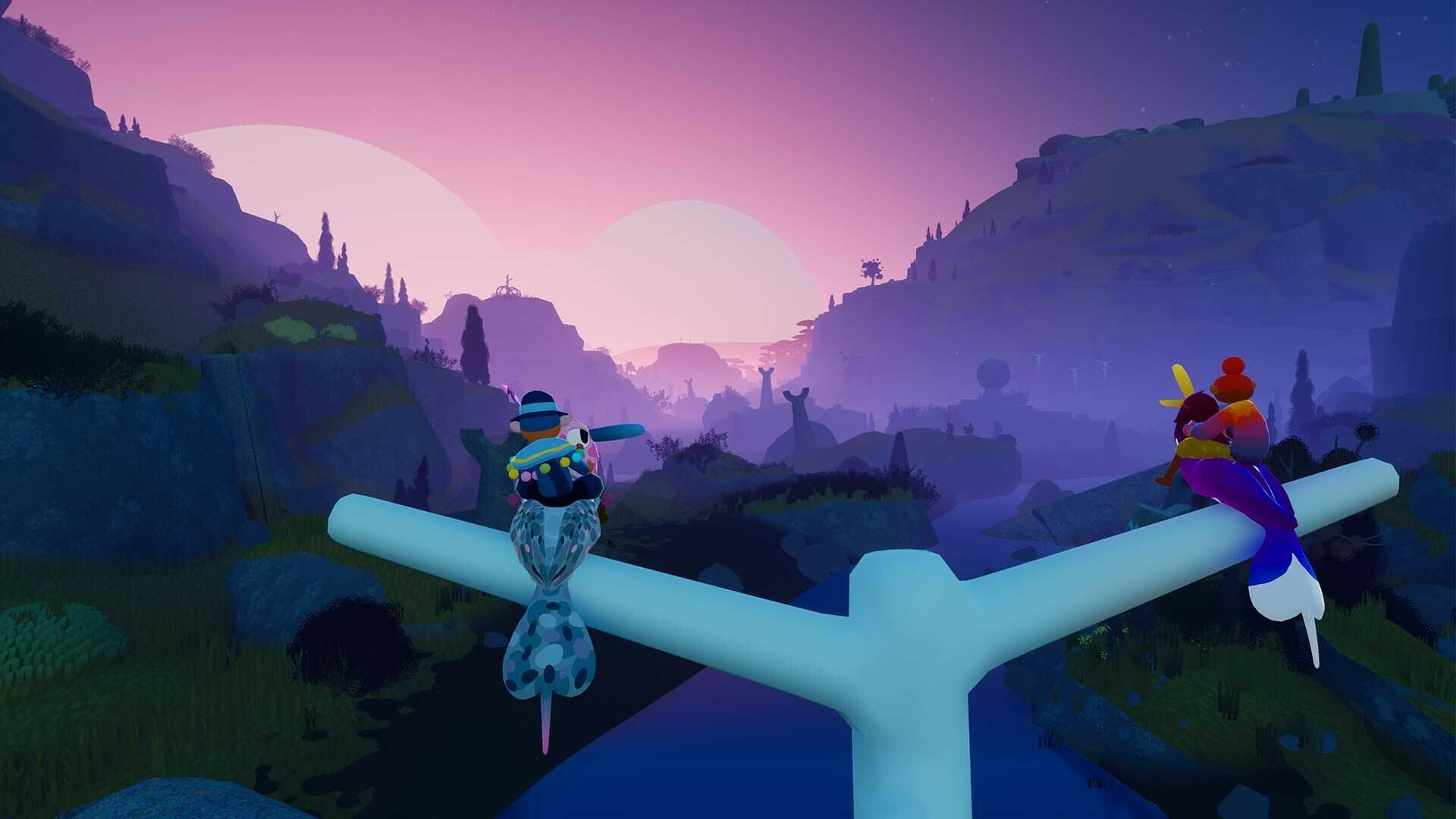
It's fitting that Flock wants to treat players like its plethora of creatures: softly wooing you to stay as long as you wish. Sure, it still utilizes basic design principles: the wonder of what's hiding beneath the clouds, frilly cosmetics to alter your style, and an engaging collect-a-thon system wedded to the main objective; however, you never feel confined by them. That description may seem too abstract and imperceptible in writing, but that warmth within its design is immediately felt with a controller in hand. Sometimes that relaxed vibe could've been more substantive in its quest structure, but leaning too far would've diminished its unique identity. For whatever creative or technical missteps, virtually anyone who Flock Tuahs Richard Hogg & Hollow Ponds' latest is sure to enjoy it.
Contractor by trade and writer by hobby, Lee's obnoxious criticisms have found a way to be featured across several gaming sites: N4G, VGChartz, Gaming Nexus, DarkStation, and TechRaptor! He started gaming in the mid-90s and has had the privilege in playing many games across a plethora of platforms. Reader warning: each click given to his articles only helps to inflate his Texas-sized ego. Proceed with caution.
VGChartz Verdict
7
Good
This review is based on a digital copy of Flock for the XS









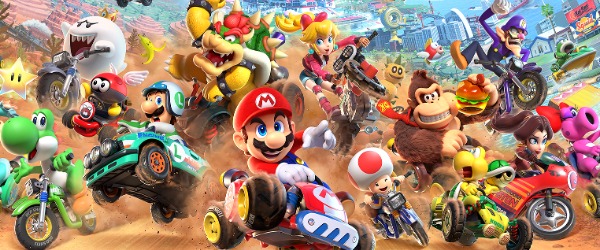


















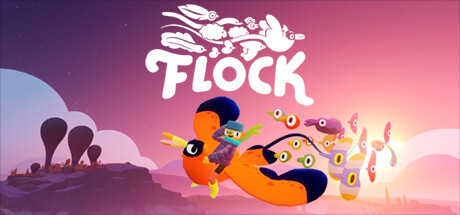

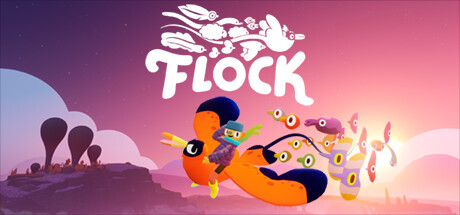



 Essay Pro
Essay Pro